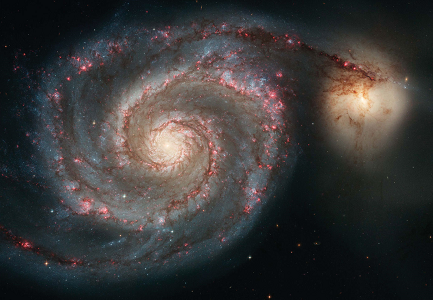 |
|
Astrophysical and Planetary Sciences Colloquium
Monday, March 09, 2020 at 4:00 PM JILA Auditorium Karen Masters, Haverford "Galaxy Morphology in the Era of Large Surveys"  Abstract:The morphology of a galaxy provides information on the orbits of stars within it. As such, important clues to the formation history of galaxies is revealed by their morphologies, and this information is complimentary, but not identical to, their star formation history and chemical composition as revealed by photometry and spectra. The Galaxy Zoo project (www.galaxyzoo.org) has provided quantitative visual morphologies for over a million galaxies (including the entire Sloan Digital Sky Surveys, or SDSS Main Galaxy Sample), and has been part of a reinvigoration of interest in the morphologies of galaxies and what they reveal about the evolution of galaxies. Mapping Nearby Galaxies at Apache Point Observatory (MaNGA, part of SDSS-IV), is almost through its 6 year plan of obtaining spatially resolved spectral maps for 10,000 nearby galaxies (all of which have Galaxy Zoo morphologies). MaNGA is now by far the largest sample of resolved spectroscopy in the world, with over 8000 galaxies observed. In this talk I will review these projects, and show results from them which demonstrate why a resolved view of the internal morphology in large samples of galaxies is interesting and how it provides a unique constraint of our understanding of galaxy evolution.
|